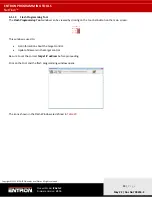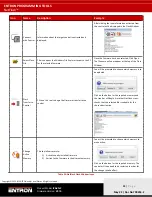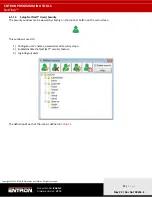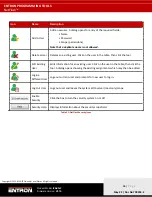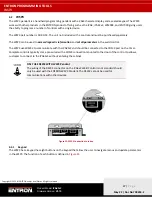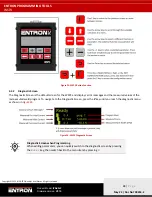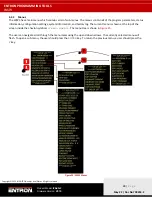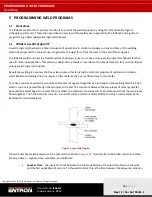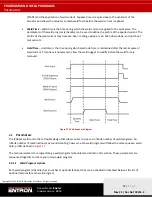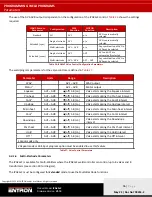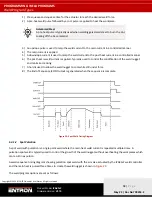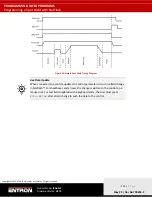
PROGRAMMING WELD PROGRAMS
Weld Program Types
97 |
P a g e
Copyright © 2021 BF ENTRON and/or its affiliates. All rights reserved
Product Model:
iPAK2v2
Firmware Version:
V2.10
May 22 | Doc No 700253-2
Each electrode must be assigned a SCR/TRANSFORMER number for the control to know which transformer to fire for the
weld program. In addition, the electrode number is also used to access the appropriate stepper, counter, and calibration
information.
Parameter
Range
Description
Electrode
0 - 7
The electrode number
Table 28: Multi-Electrode Parameters
5.4
Weld Program Types
The iPAK2v2 is a flexible solution that allows a user to control the force, current, and duration (time) for their specific
resistance welding application. Below is a list of common resistance welding types that the iPAK2v2 supports.
•
spot welding
•
spot pulsation
•
spot repeat
•
seam
•
roll-spot welds
A weld sequence is provided for each of these common welds to give the user an idea of the current and force profiles
that can be created with the iPAK2v2. This list is not exhaustive and is only intended to provide an overview of what can
be done with the control.
5.4.1.1
Spot Weld
A spot weld is a single point weld. A weld sequence timing diagram showing a spot weld with the air valve actuated by
the iPAK2v2 weld controller and a single main heat to create the weld nugget is shown in
The weld program options are set as follows:
Parameter <<< OPTIONS >>>
Value
Pre-Heat
On
Post-heat
On
Pulsations
1
Force Profile
Off
Link:
NO
Repeat Mode:
NO
Force Profile:
NO
Retry:
OFF
C-Monitor:
OFF
C-Monitor:
OFF
Table 29: Spot Weld Timing Diagram Weld Options
The timing sequence follows the order of operations defined below:

